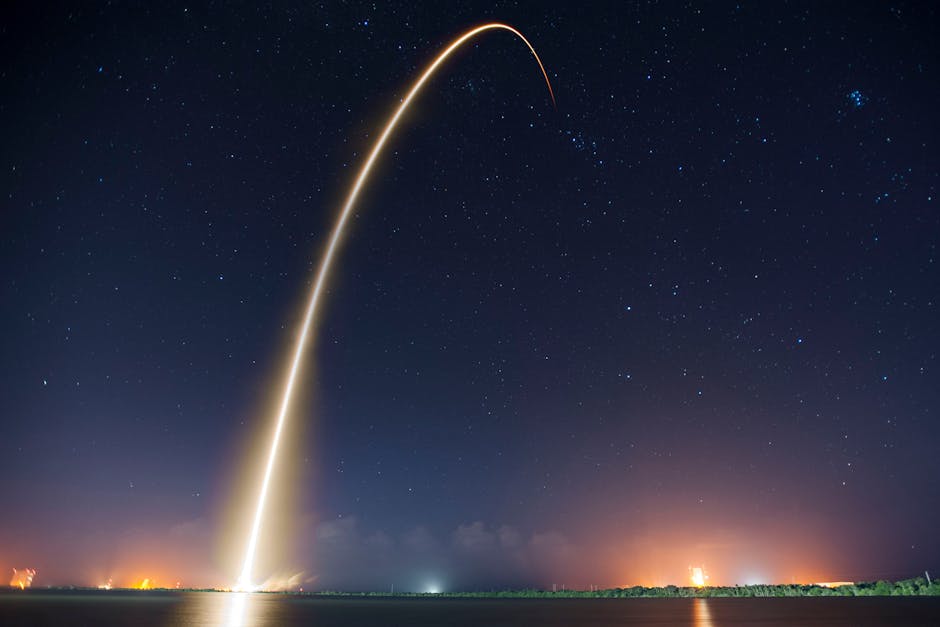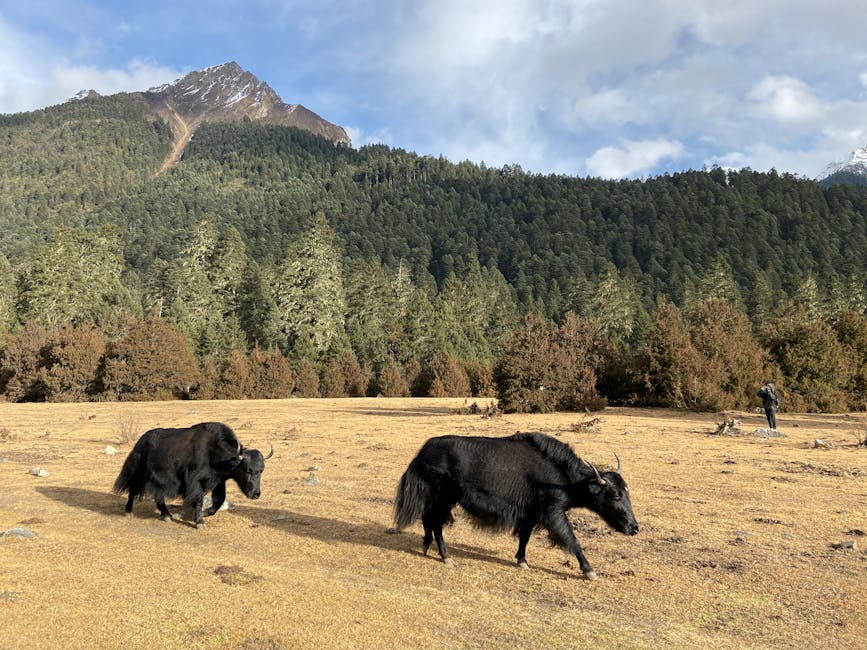- Successful Second Docking: ISRO successfully completed the second docking of its SDX01 (Chaser) and SDX02 (Target) satellites as part of the SpaDeX mission.
- Technology Demonstration: SpaDeX is a mission to validate the capability of docking and undocking two small satellites in low-Earth orbit.
- ISRO’s Achievement: With this achievement, India became the fourth country after the U.S., Russia, and China to conduct satellite docking operations.
- Mission Objectives: Primary objective is to demonstrate rendezvous, docking, and undocking of spacecraft. Secondary objectives include electric power transfer between docked spacecraft, composite spacecraft control systems, and payload operations after undocking.
- Future Mission Implications: SpaDeX is critical for future Indian space missions, including crewed spaceflights, space station modules, and satellite servicing.
- Launched on PSLV-C60: The satellites were launched on December 30, 2024, via PSLV-C60. The first docking occurred on January 16, 2025, followed by undocking on March 13, 2025.
- Satellite Details: Each satellite weighs around 220 kg and was launched into a 460 km circular orbit with a 45-degree inclination.
- Important for future: SpaDeX is essential for manned lunar missions, sample return from Moon and Indian space station construction.
22.04.25
DR Congo
- Kinshasa Flooding (April 2025): Recent flooding wasn’t just due to rainfall but primarily urban mismanagement and inadequate drainage.
- Causes of Kinshasa Flooding: Local rains, runoff from Congo Central Province, overwhelmed urban tributaries (Ndjili River, Lukaya).
- Impact of Flooding: Deaths (at least 70), injuries (150), displacement (21,000+), healthcare disruption (73 facilities), and water/transport issues.
- Recurrent Floods: Floods have become more frequent and devastating in DRC since late 2023, mirroring trends in neighboring countries.
- Urban Growth: Kinshasa’s rapid population growth (estimated 17,778,500 in 2025) exacerbates flood risks, with infrastructure lagging.
- Infrastructure Deficiencies: Drainage systems are blocked by waste, showcasing dysfunctional public services.
- Two Flood Hazards: Kinshasa faces Congo River flooding (peaking in Dec/Jan) and urban floods from local rainfall (April/Dec). Urbanization worsens the latter.
- Urban Expansion: City expansion into floodplains without infrastructure increases flood exposure. Sealed surfaces increase runoff.
- Congo Basin Hotspot: Kinshasa is a flood hotspot in the Congo Basin due to its dual flood sources and extensive urbanization.
- Eastern DRC Instability: Ongoing instability caused by the M23 armed group leads to mass displacement.
- Mineral Wealth: DRC is rich in cobalt, copper, gold, lithium, and other minerals crucial for electronics and renewable energy.
Yak
- Nepal Celebrated First ‘National Yak Day’: Observed on April 20, 2025, highlighting the yak’s cultural, ecological, and economic importance.
- ICIMOD’s Call to Action: The International Centre for Integrated Mountain Development (ICIMOD) urged stakeholders to prioritize the yak in sustainable development, particularly in the Hindu Kush Himalaya (HKH) region.
- Indigenous Communities and Yak Herding: Sherpa, Tamang, Thakali, Rai, and Limbu communities have traditionally protected and practiced yak herding, linking it to food security, cultural identity, and biodiversity.
- Yak’s Biological Adaptations: Yaks are well-adapted to high-altitude environments (5000-7000 meters), with large lung capacity and smaller red blood cells.
- Socio-Economic Uses: Domesticated yaks provide milk, meat, serve as pack animals, and contribute to climbing expeditions.
- Conservation Status: Wild yaks are classified as ‘Vulnerable’ on the IUCN Red List, requiring conservation efforts.
- Importance to Nepal: Yaks are crucial for 27 mountain districts in Nepal, providing resources like meat, milk, fibre, and draught power.
- ICIMOD’s Pledge: ICIMOD commits to support partner countries in promoting sustainable agropastoralism in the HKH’s high mountains.
- Nepal is the first yak range country: in the HKH to observe a national day dedicated to the animal.
KVIC: Growth Empowers Villages
- Record Turnover: KVIC achieved a turnover exceeding Rs 1.7 lakh crore in FY 2024-25, a historic first.
- Production Surge: KVIC production increased by 347% over the past 11 years (2013-2025), showcasing substantial growth.
- Sales Boom: Sales soared by 447% during the same period, demonstrating increased demand for Khadi and village industry products.
- Employment Generation: KVIC provided employment to 1.94 crore people, marking a 49.23% increase in employment over 11 years, crucial for rural livelihoods.
- Khadi Growth: Khadi clothes production rose by 366%, with sales surging by 561%, reflecting the renewed popularity of Khadi.
- Artisan Welfare: Khadi artisans’ wages increased by 275% over 11 years, with a 100% increase in the last 3 years, enhancing their financial stability.
- Women Empowerment: Women constitute 57.45% of KVIC trainees and 80% of Khadi artisans, highlighting KVIC’s role in women’s economic empowerment.
- PMEGP Impact: The Pradhan Mantri Employment Generation Program (PMEGP) facilitated the establishment of over 10 lakh new micro-enterprises, benefiting 90 lakh individuals.
- Gramodyog Vikas Yojana: Over 2.87 lakh machines and toolkits were distributed under the Gramodyog Vikas Yojana to boost rural entrepreneurship.
- ‘Viksit Bharat’ Contribution: KVIC’s performance contributes significantly towards achieving the vision of a ‘Viksit Bharat’ by 2047.
Anemia Mukt Bharat
-
India’s Anemia Challenge: Anemia, primarily due to iron deficiency, affects millions, especially women, children, and adolescents in India. NFHS-5 data shows high prevalence: 67.1% of children and 59.1% of adolescent girls are anemic. 3 in 4 Indian women have low dietary iron intake.
-
Anemia Mukt Bharat (AMB): Launched in 2018, the AMB campaign aims to reduce anemia through a 6x6x6 framework: 6 interventions, 6 target groups, and 6 institutional mechanisms. It integrates with POSHAN Abhiyaan and School Health Program.
-
Key Interventions:
- Iron and Folic Acid (IFA) supplementation: Age-appropriate IFA is provided to vulnerable groups.
- Deworming: Biannual deworming for children and adolescents; antenatal deworming for pregnant women.
- Behavior Change Campaigns: Year-round campaigns promoting key behaviors to combat anemia (Solid Body, Smart Mind).
- Anemia Testing and Treatment: Digital methods for anemia screening, especially for pregnant women and adolescents.
- Food Fortification: Mandatory fortification of foods with Iron and Folic Acid in government programs.
- Addressing Non-Nutritional Causes: Focus on malaria, hemoglobinopathies, and fluorosis in endemic areas.
-
Progress & Initiatives: 15.4 crore children/adolescents received Iron and Folic Acid supplements in Q2 FY 2024-25. Digital tools track real-time anemia screening and supply data.
-
Vulnerable Groups & Impact: Children under 5, adolescent girls, menstruating women, and pregnant women are most vulnerable. Anemia leads to impaired cognitive and motor development, decreased work capacity, and adverse pregnancy outcomes.
-
Global Context: Anemia affects hundreds of millions worldwide. The WHO has included anemia reduction in its Global Nutrition Targets and is developing a multisectoral framework for prevention and management.
-
India’s Commitment: India’s commitment to eliminating anemia is a global example of inclusive public health action that will help the long-term human development.
Article 355
- Supreme Court’s Reaction: The Supreme Court expressed surprise at a petition requesting the implementation of Article 355 in West Bengal, related to violence during protests against the Waqf Amendment Act in Murshidabad district.
- Purpose of Article 355: It empowers the central government to safeguard states from internal disturbances and external aggression.
- Scope of Power: Allows the Centre to intervene in a state’s law and order without dissolving the government, a less drastic measure than President’s Rule.
- Constitutional Duty: Article 355 mandates the Union to protect states from external aggression and internal unrest, ensuring governance aligns with the Constitution.
- Emergency Provisions: Article 355 is included in Part XVIII of the Constitution, which deals with emergency provisions (Articles 352-360).
- HT Source News source is HT
India’s Golden Reserve
-
Rising Gold Share: India’s gold holdings within its foreign exchange reserves (forex) have almost doubled, increasing from 6.7% in 2019 to 12% by February 2025, according to the World Gold Council (WGC).
-
Overall Forex Increase: India’s forex reserves reached USD 677.84 billion in April 2025.
-
Gold Reserves Boost: The rise in forex reserves was partly due to a USD 638 million increase in gold reserves, alongside an increase in Foreign Currency Assets (FCA).
-
Forex Reserve Definition: Forex reserves are assets held by a central bank in foreign currencies, including currencies, bonds, and securities.
-
RBI’s Role: The Reserve Bank of India (RBI) manages India’s forex reserves, as authorized by the RBI Act, 1934.
-
Purpose of Reserves: Forex reserves help stabilize the national currency, meet external payment needs, and act as a buffer during financial shocks.
-
Components of Forex Reserves: India’s forex reserves consist of Foreign Currency Assets (FCA) (largest component), Gold reserves (second-largest), Special Drawing Rights (SDRs), and Reserve Tranche Position (RTP) with the IMF.
Why This Matters:
- Diversification: Increasing gold holdings diversifies India’s forex reserves, potentially reducing reliance on specific currencies like the US dollar.
- Safe Haven Asset: Gold is often seen as a safe haven asset during economic uncertainty, which can provide stability to the reserves.
- Confidence: Higher forex reserves, including gold, can boost investor confidence in India’s economy and its ability to meet its financial obligations.
BharatNet
- BharatNet Project Progress: Connecting rural India with high-speed internet, fostering inclusive growth and bridging the urban-rural divide.
- Objective: Provide unrestricted broadband access to telecom service providers for e-health, e-education, and e-governance in rural areas, empowering rural India.
- Target: Initially aimed to connect 2.5 lakh Gram Panchayats (GPs).
- Phases:
- Phase I: Connected 1 lakh GPs by Dec 2017.
- Phase II (ongoing): Expanding to 1.5 lakh GPs.
- Phase III (ongoing): Integrating 5G, increasing bandwidth, ensuring last-mile connectivity.
- Amended BharatNet Program (ABP): Approved in Aug 2023 for optical fiber connectivity to 2.64 lakh GPs in ring topology and to non-GP villages on demand.
- ABP Features: Includes IP-MPLS network, 10-year operation and maintenance, power backup, and Remote Fibre Monitoring System (RFMS).
- Funding: Primarily through Digital Bharat Nidhi (DBN), replacing USOF.
- Execution: Executed by Bharat Broadband Network Limited (BBNL). BSNL is Project Management Agency for operation & maintenance.
- Current Status (March 2025):
- 2,18,347 GPs are service-ready.
- 42.13 lakh route km of Optical Fiber Cable (OFC) laid.
- 12,21,014 Fibre-To-The-Home (FTTH) connections commissioned.
- 1,04,574 Wi-Fi hotspots installed.
- Digital Empowerment Initiatives: Complementary initiatives include PMGDISHA for digital literacy and the National Broadband Mission (NBM).
- DBN and NABARD Collaboration: MoU to drive rural development through digital services and high-speed broadband.
- Rural Mobile Connectivity: Government focusing on expanding mobile connectivity in rural areas, including 4G coverage.







